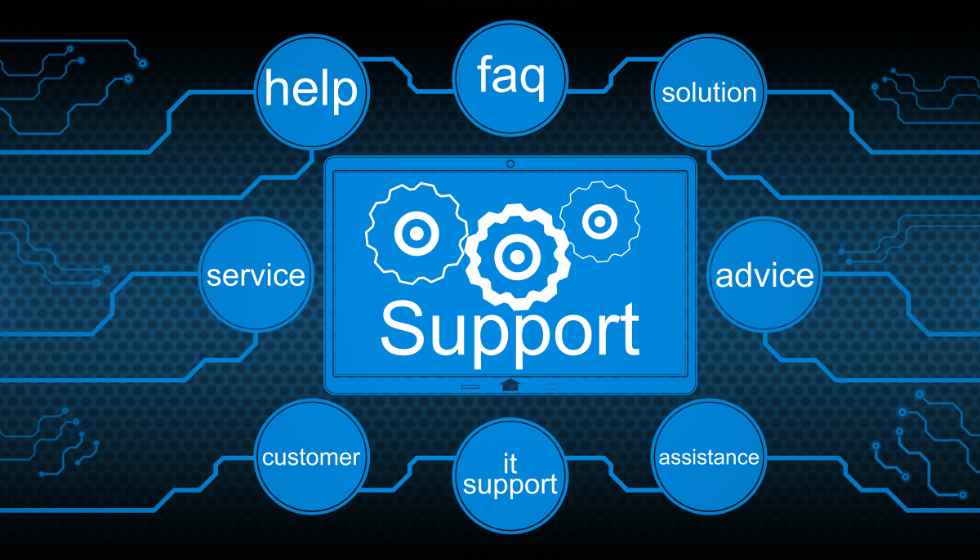Currently, our society evolves and changes at accelerated rates. The markets are undergoing more and more changes, both due to the creation of new technologies and the entry of new companies with value propositions adapted to recent times.
Many companies of all sizes can fall behind in this rapidly changing environment. And likely, most are not prepared to innovate their organization at this current juncture. This is mainly because the organizational structure is usually very rigid and vertical. Learn more about this topic below.
What is the Organizational Structure of a Company?
The organizational structure of a company or, as it is also known, corporate culture, is how the hierarchical system within a company is structured. This structure serves to specify the functions and tasks of all members of an organization and the relationship between them.
It is closely linked with corporate culture. With leadership style, on the other hand, there is no one organizational structure that is better or worse than another. You must adapt the structure to your goals, sector, etc.
What are Organizational Structures For?
We can say that its primary function is to define the organization’s characteristics within the company. Also, it aims to structure the work system within said company.
In short, it serves to illustrate the organizational charts, all the processes, departments, and hierarchies within a company. In other words, define how the group of people that make up the company is managed.
The Concept of Organimetry
It is an instrument that allows us to establish the hierarchy, work positions, and order in a company. This generally helps us achieve the organization’s stated goals. It helps to measure organizational systems by providing a relatively realistic picture of the company. This is to know it in detail and have a specific idea of how it is structured.
It exposes the division of functions, the communication channels, the different hierarchical levels, and the existing relationships between positions and departments of the company, among many other things.
What Differences Exist Between Vertical and Horizontal Organizational Structures?
Next, we will mention the main differences between vertical, hierarchical, and horizontal, or flat, organizational structure. In summary, organizational structures in a company are helpful when efficiency is essential in the business, and the different environments in which it operates are stable.
This is seen less and less often because, in any sector, companies currently need to be innovative and creative. Therefore, the tendency is to lean towards flatter organizations, with better internal communication and much more flexibility.
Hierarchical structures are much more vertical, and there are more levels or ranks between the management and the workers below. Contrary to what happens with flatter or horizontal organizations.
Types of Organizational Structure in a Company
Currently, there are 3 types of organizational structure in a company that is most common and used. Over the last decades, these corporate structures that we will mention below have been used and continue to be implemented today:
Functional Organizational Structure
The organizations that select this model are structured according to the different functions that exist within it. This is the most used structure during the last century because the market allowed for more excellent stability within companies. For this reason, these companies maintained the same way of producing, somewhat more standardized.
Divisional Organizational Structure
Companies that lean towards this organization are structured according to their products, geographical areas, etc. To mention an example, in the 1980s, companies began to decentralize into divisions by product or business lines.
Matriarchal Organizational Structure
The latter is a mix of divisional and functional structures. Almost all companies have decided to implement this structure in recent years. In theory, it is divided into two parts: functions and divisions. For example, an employee should report to two clients, the one from another division or country and the functional one.
Recommendations For Restructuring the Organizational Model of a Company
- If your company is stable, assign each group a lasting goal and role. If your business is more dynamic and innovative, organize it by projects.
- Create mini-companies within your own company. Group very few people in each of them, make it very manageable: a maximum of 50 people, for example.
- Empower employees and give them some autonomy. Look for talented people who are capable of making their own decisions. Thus, you will make the workers feel like entrepreneurs, and they will be more motivated.
- A company’s organizational structure will have two levels: a horizontal network of mini-companies. And on the other hand, a higher layer is made up of leaders who define the company’s strategic vision.




